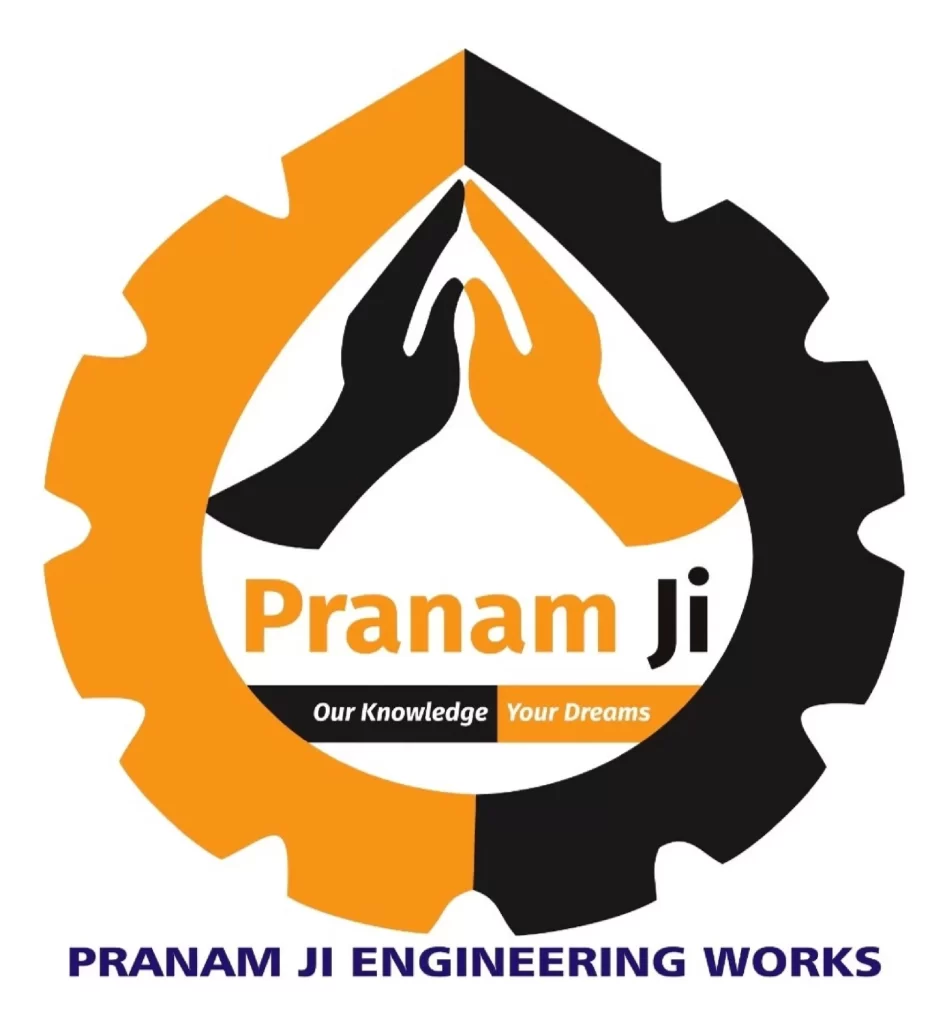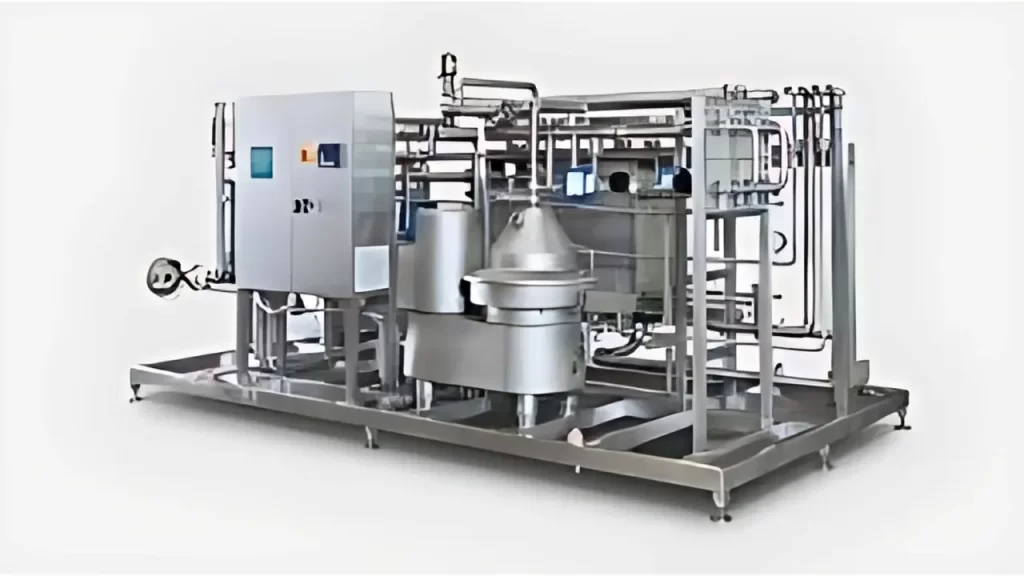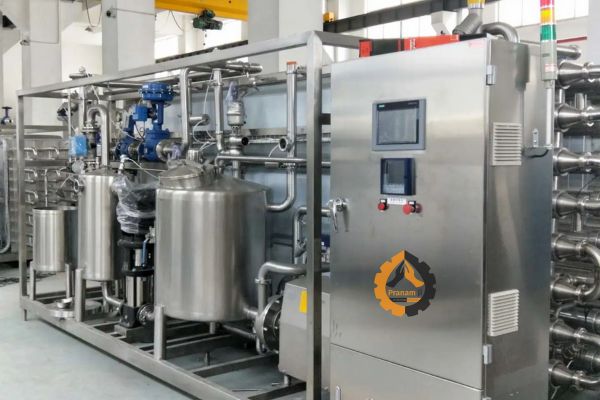Milk is one of the most consuming foods in India, but it’s also highly perishable. To ensure its safety and extend shelf life, milk must go through an important process like pasteurization method.
We specialized in providing high-performance dairy machinery like milk pasteurization systems for modern dairy businesses. We’ll explain the milk pasteurization method, its types, and why it plays an important role in the dairy industry.
Also Read : Top dairy Equipment Manufacturers in India
What is Milk Pasteurization?
Milk pasteurization is the process of heating milk to a specific temperature for a fixed time and then fastly cooling it. This kills harmful pathogens like Salmonella, Listeria, E. coli, and other bacteria without altering the nutritional quality of milk.
Named after the French scientist Louis Pasteur, this method ensures that milk is safe for consumption and has a longer shelf life — without using preservatives.
Why is Pasteurization Important?
Pasteurization is important process for milk because it kills harmful bacteria and pathogens, prevents spoilage and extends milk’s shelf life, preserves flavor and nutritional value, essential for compliance with FSSAI and global food safety standards.
Milk Pasteurization Methods
There are several methods of milk pasteurization, and the choice depends on the dairy plant’s scale and product requirements. Here are the most common methods used in India and globally:
1. Low-Temperature Long Time (LTLT) Method
- Temperature: 63°C
- Time: 30 minutes
- Used mainly in small-scale or batch processing systems
LTLT is an older but effective method. Milk is heated in a large vat and held at the desired temperature before cooling. Though time-consuming, it’s still preferred by some for small-batch production or organic milk.
2. High-Temperature Short Time (HTST) Method
- Temperature: 72°C
- Time: 15 seconds
- Ideal for large-scale commercial production
HTST is the most common milk pasteurization method in modern dairies. It uses a continuous flow system with plate heat exchangers to heat and then rapidly cool the milk. This method retains more nutrients and is energy-efficient. Our HTST pasteurizers ensure quick processing and high output with precise temperature control.
3. Ultra-High Temperature (UHT) Pasteurization
- Temperature: 135–150°C
- Time: 2–4 seconds
- Produces shelf-stable milk without refrigeration
UHT is used for long-life milk (tetra packs). The milk is sterilized and then packaged in aseptic conditions. It’s ideal for companies targeting remote areas or export markets.
We offer compact UHT systems for startups as well as large-scale setups for commercial dairy plants.
Steps in the Milk Pasteurization Process
- Raw Milk Collection – Fresh milk is collected and filtered.
- Preheating – Milk is brought to a moderate temperature.
- Heating – The milk is heated to the target pasteurization temperature.
- Holding – Milk is held at this temperature for the required time.
- Cooling – The milk is rapidly cooled to 4°C.
- Storage/Packaging – Pasteurized milk is stored in insulated tanks or packaged immediately.
Final Words
When it comes to choosing the right milk pasteurization method it wholly depends on your business size, product goals, and budget. Whether you’re running a small dairy or a high-volume milk plant, pasteurization is a non-negotiable step for safety and success.
Pranam Ji Engineering Works bring you reliable, and hygienic pasteurization equipment to help your business deliver pure, safe, and quality milk to every household.



